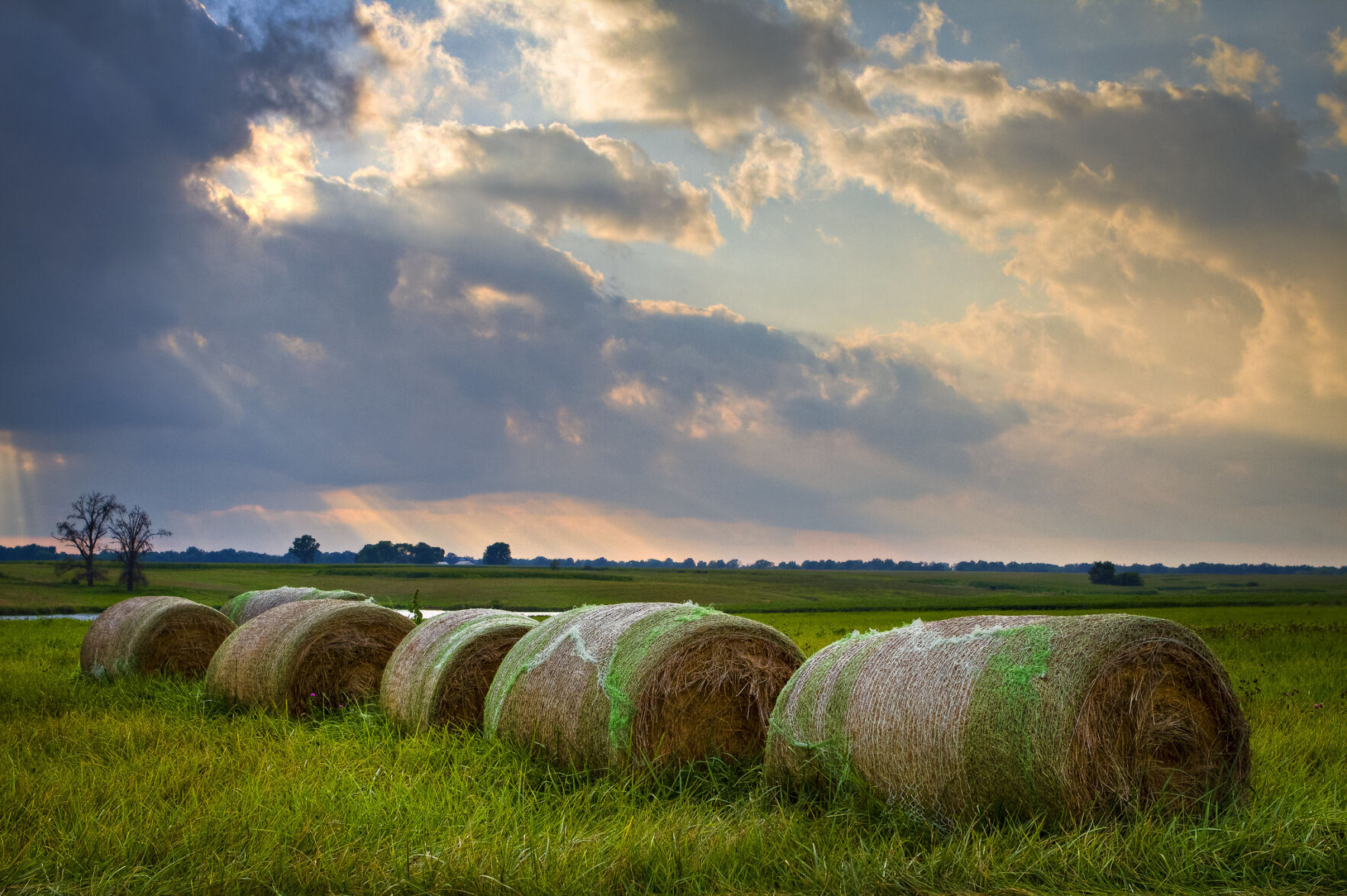State-By-State Hay Summary

Colorado—In the Oct. 24 report, compared to last report, trade activity moderate on light demand. Hay movement picked up some in the dairy and horse hay markets. Small squares of horse hay steady. According to the NASS Colorado Crop Progress Report for week ending Oct. 20, alfalfa fourth cutting, 75%. Stored feed supplies were reported as 2% very short, 7% short, 75% adequate, and 16% surplus.
Missouri—In the Oct. 24 report, compared to last report, hay prices are steady to weak. The supply of hay is moderate to heavy, and demand is light. Dryness continues to worsen across the state. Reports of some livestock owners now having to haul water as ponds have dried up in some locations. For much of the state it has been nearly a month without any measurable rainfall and fall pasture growth just never happened. A surplus of hay baled in the first half of the year means there is currently plenty of feed available, but it is still to be seen if that supply will last all season with the early start to feeding. Several producers are already looking at other feed sources be it corn or some by products in order to stretch the hay to a more traditional feeding date. Thus far there hasn’t seemed to be an uptick in eagerness to buy hay but that could change quickly in the coming weeks as feeding occurs if farmers decide that what looked to be a surplus might night be enough any longer.
Nebraska—In the Oct. 24 report, compared to last report, bales of alfalfa sold steady, grass hay sold $10 lower, dehydrated alfalfa pellets sold $25 lower in the Platte Valley and remains steady in the east. Ground and delivered hay steady. Buyer inquiries and demand picked up. Getting that time of year where prospective buyers are starting to look around for what fits their budget to feed their livestock through the winter. Some buyers are thinking about the dryness and are buying a little more hay for some insurance if it stays dry through 2025. Farmers are starting to bale cornstalks and corn shucks along with soybean stubble.
Oklahoma—In the Oct. 25 report, compared to the last report, the hay trade is slow to a standstill. Movement is only for long-time customers and contracted hay. There is still an abundance of hay in Oklahoma. The drought continues to worsen; over a quarter of the state is in an extreme drought. Rain is needed for animals, for the ponds to start to fill up, or for water supplies. Next report will be released Nov. 8.
Texas—In the Oct. 18 report, compared to last report, hay prices are mostly steady to weak across all regions. Hay movement and demand remain limited. Warmer than average temperatures throughout September and October have forage and winter wheat producers statewide battling fall armyworms. The majority of the hay put up in that region has been in the utility to fairy category, but some higher quality hay is beginning to hit the stacks now. Next report will be released Nov. 1.
South Dakota—In the Oct. 18 report, compared to last report, demand and movement for all hay has been extremely slower than normal, producers are saying it has been quiet. Most producers are stating corn harvest and what hay that is being sold is going out of state.
New Mexico—In the Oct. 25 report, compared to last week, hay demand is light with not much movement. According to NASS, New Mexico Crop Progress report, alfalfa hay is in the sixth cutting 50% complete.
Wyoming—In the Oct. 24 report, compared to the last report, movement and demand is light for this time of year all over Wyoming. According to the Wyoming Crop Progress Report, as of Oct. 20, alfalfa hay 3rd cutting is 76% completed, other hay 2nd cutting is 40% harvested, corn harvested for silage is 92% completed in the state.
Montana—In the Oct. 25 report, compared to last report, hay sold mostly steady. Demand for hay continues to see improvement as ranchers are starting to market their calves. Good demand was seen for dairy quality hay this week as hay testes have been very high on third cutting. Several sales to ranchers and feedlots were seen again this week. Very light rain showers were seen again this week but not enough moisture was seen to affect drought conditions. Hay supplies in central Montana remain high with some producers still trying to finish selling old crop hay. Supplies of feeder quality (fair and utility) hay are especially high in central Montana. Most of the state has wrapped up hay production for the year.



